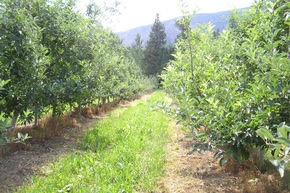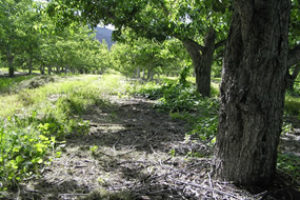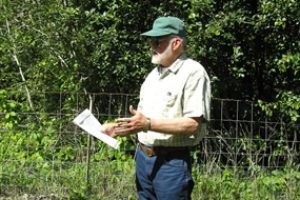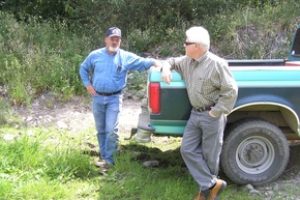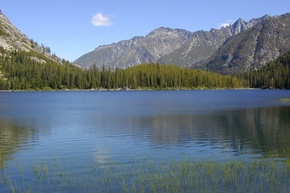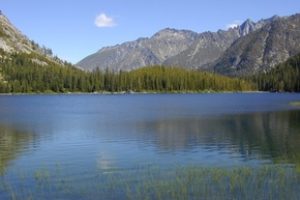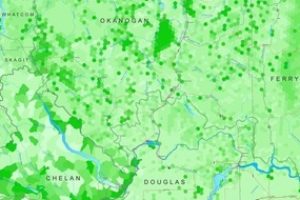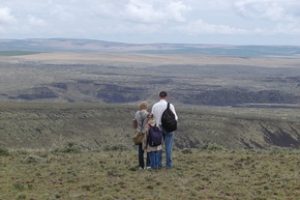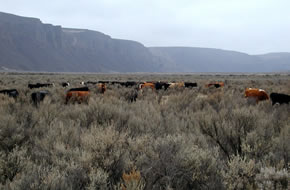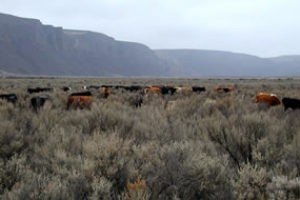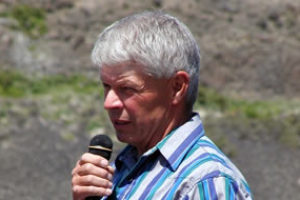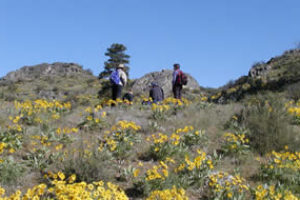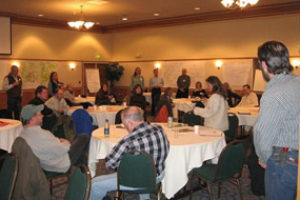HEALTHY LANDS
The Healthy Lands program brings the agricultural, land conservation, economic development and planning community together to create innovative approaches for balancing the needs of cities, towns, and working farms, forests, and ranches with those of the native plant and wildlife communities that characterize North Central Washington.
Using a landscape approach, IRIS works to identify, develop, and enhance voluntary incentives for private landowners that provide sound ecological, economical, and social solutions to land management issues and to keep good stewards on the ground.
HABITAT FARMING
Envisioning a Preferred Future for Healthy Farmlands
The purpose of this program is to compensate farmers for the costs of converting some specified portion of their holdings into riparian habitat to improve salmon spawning habitat on the Entiat and Wenatchee Rivers.
Talking Points (PDF)
Feasibility Study (PDF)
Poster (PDF)
Economic Model Final Report (PDF)
NCW BIODIVERSITY COUNCIL
Connecting People to Sustain Our Natural Heritage.
This project was designed to build on the results of the Healthy Lands Initiative and to demonstrate how the Washington Biodiversity Conservation Strategy could be implemented at a regional level. Read the final report and see the NCW Conservation Opportunity Framework (COF) maps, which were clipped from the statewide map of biodiversity values and overlaid with various data sets to better inform regional planning.
Final Report | Overview | Appendices(PDFs)
NCW
Maps (PDFs) – Biodiversity | COF | Freshwater | Terrestrial | Planned Development| Population Growth
HEALTHY LANDS INITIATIVE
Building a Conservation Economy in North Central Washington
One of two pilot projects of the Washington Biodiversity Council, the Healthy Lands Initiative helped citizens design a shared vision for how biodiversity conservation can be integrated with economic and social needs to enhance the health and vitality of North Central Washington.
Final Report (PDF)


